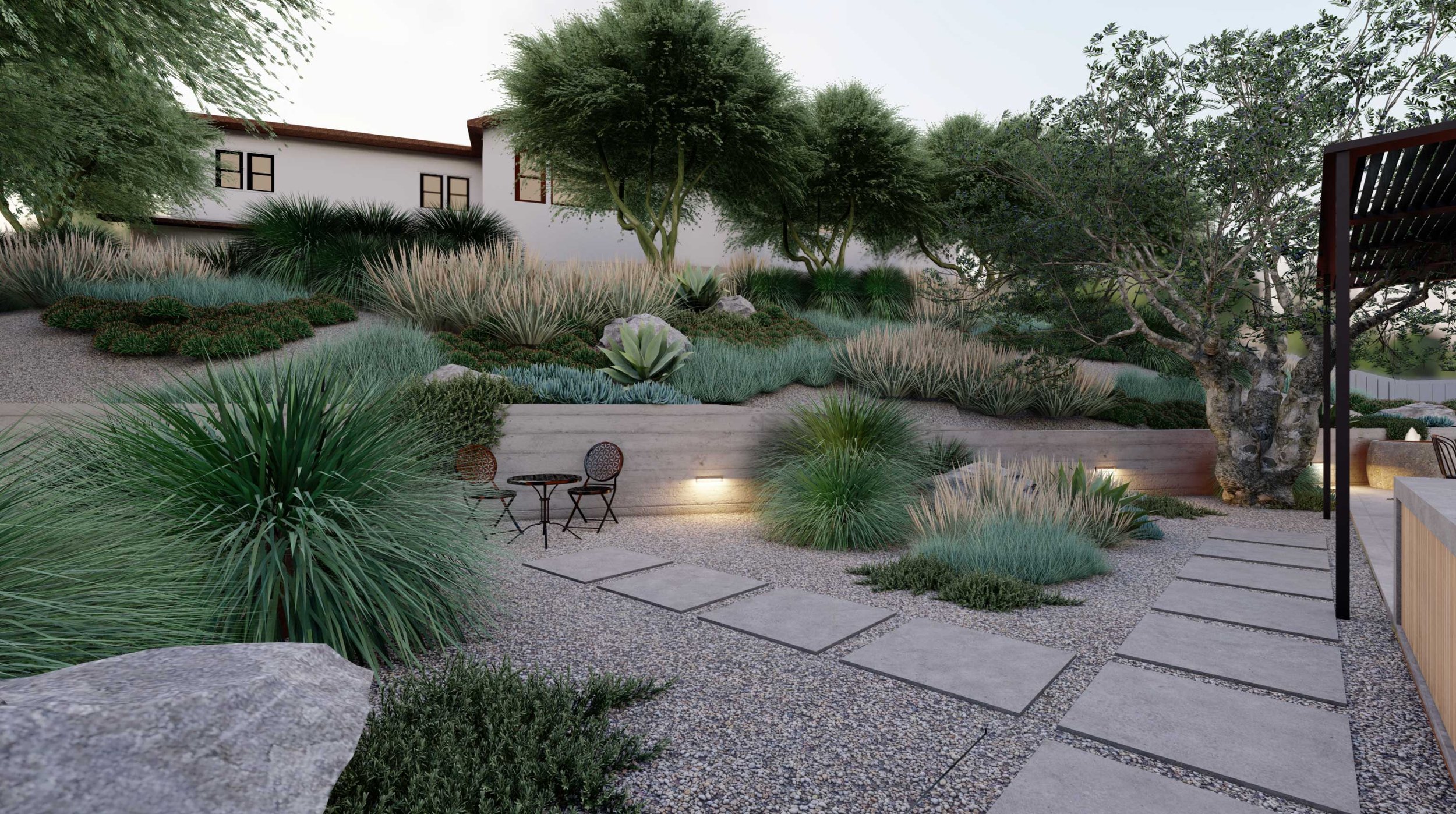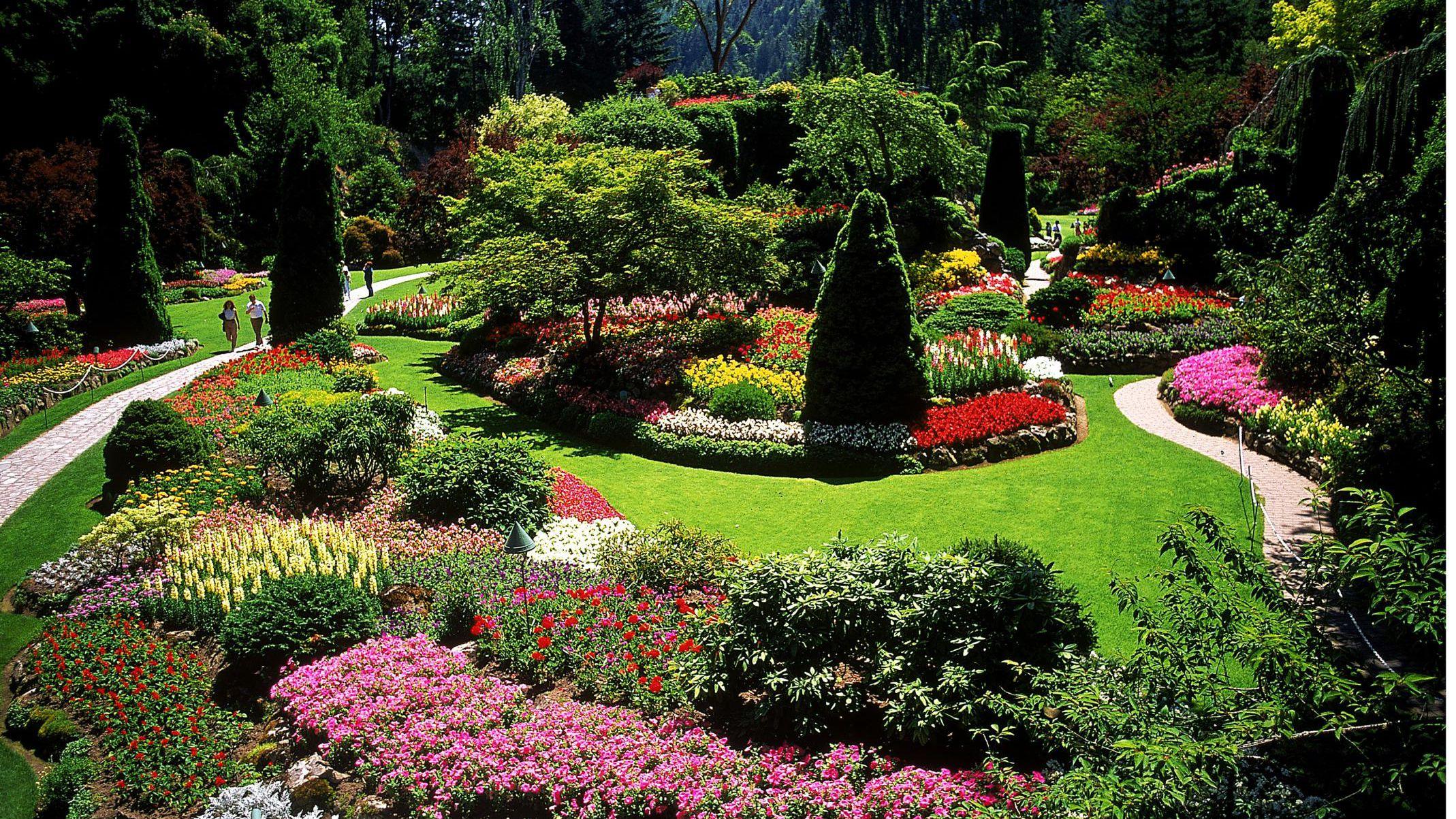The 8-Minute Rule for Landscapers
Table of ContentsThe Main Principles Of Landscapers Things about LandscapersLittle Known Questions About Landscapers.Getting The Landscapers To WorkLandscapers for DummiesGetting The Landscapers To Work
- A yard feature where water is represented by an accumulated stone item, generally a crushed rock or granite. These are most frequently found in modern and Japanese garden style.- A stone or natural flagstone patio area, course, or sidewalk constructed without a concrete base. The base would certainly be compressed crushed rock and the joints would be an accumulation or walkable ground cover. - A stone retaining or free standing wall surface constructed without the usage of mortar. - An underground framework that accumulate water and enables it to slow percolate right into the soil around it.
Landscape style that is suitable with a sites' setting in both appearance and sustainability without adverse effects to the setting. Edging in the landscape is a line of separation that creates aesthetic rate of interest in the yard by dividing one section from an additional segment.
Areas can likewise have a feeling of "enclosure" given by trees, other plantings, fencings, or screens. The landscape near the entrance to a structure.
Landscapers Fundamentals Explained

The aspect in a landscape design or area in a landscape that is meant to be most popular. The prime focus can be a plant, rock, sculpture, collecting area, or other landscape feature. A style of yards or yard elements that worry straight lines, ideal angles and circles. Shrubs or hedges found in beds near the structure of a home or various other structure.

The Greatest Guide To Landscapers
Rock product, either rounded or fractured, that is reasonably little- generally 1" or much less. Reduced plants that are permitted or urged to spread over an area. Can refer to any "hard" garden elements consisting of statuary or boulders however most commonly is used to describe courses, patio areas, and walls.: Elevation distinction in between the degree of water in a pond (or the level of the pump if it sits outside the fish pond) and the home top electrical outlet of water which influences efficiency of the water pump in gph (gallons per hour). Dense bushes or trees that develop a fence, screen, or boundary.
Fencing boards that run horizontally, often made use of in modern or Japanese-inspired landscape styles. Appropriate usage of imaginary lines can aid the landscape feel attached to the home and other elements.
Standard PNW landscapes are informal. A plant that spreads more than wanted, or right into environments where it does damage.
Unknown Facts About Landscapers
Smart irrigation controller testimonials and referrals right here. 2-D making of the suggested irrigation system. Can include head positionings and coverage, pipe sizing, GPM specifications, and products needed to install this system. A watering useful source strategy is generally unnecessary for properties but is usual for industrial projects. Licensed professional that makes landscapes, educated in engineering and architecture as well as in horticulture.
The specialist who plans and develops landscape tasks, generally at a residential or small commercial level with the major design inspiration on growings. Landscape developers commonly have much less schooling than Landscape Architects and are not accredited. A finished landscape design, detailing all aspects for the new landscape. This usually takes the kind of an illustration theoretically.
Calcium product used to increase the pH in dirt, which will make it much less congenial to moss (Landscapers). A water limited HDPE material made use of below ponds, streams and waterfalls in water attributes. Using numerous plantings of the same selection to fill up in an area in the landscape. This can reduce upkeep and water usage in the garden.
A layer of compost or bark dirt used at the base of a plant. A plant that was present in a geographic place prior to people began changing the landscape.
What Does Landscapers Mean?
Just how the yard or a yard component is arranged in relationship to an existing or new function or to an instructions. Preserving a lawn without using chemical herbicides, pesticides, or fertilizers. Grasses that are not mowed but expanded in landscapes as perennials. This is a partially open sided relaxation or entertainment area that adjoins a house, utilized for entertaining, outdoor dining and just appreciating the exterior setting.

Little round gravel. Plants that give seasonal passion and afterwards pass away back in the wintertime. Annuals do not come back the complying with season, however perennials do. Winter season turf that is the most typical lawn grass in Rose city, OR et cetera of the PNW.An open roofed framework over an outdoor patio or various other landscape function.
Basalt accumulated varying in dimension from 1/4" to dirt. The most typical landscape gravel in the PNW. Location of the landscape designed to manage rain water up until it can soak right into the ground. A chain that controls water as it travels from a roof covering gutter to the ground. Yard framework that develops a planting area that is consisted of and greater than the bordering grade.
Creating a yard feature consisting largely of rocks with plantings that complement and can prosper in the rocky environment. Lawn sprinkler head design that revolves a stream of water across an area.
Landscapers Fundamentals Explained
